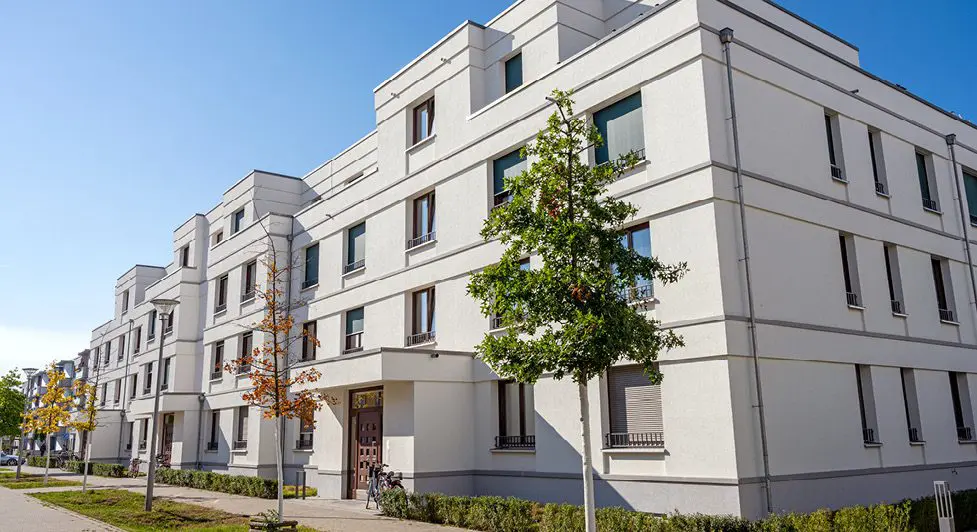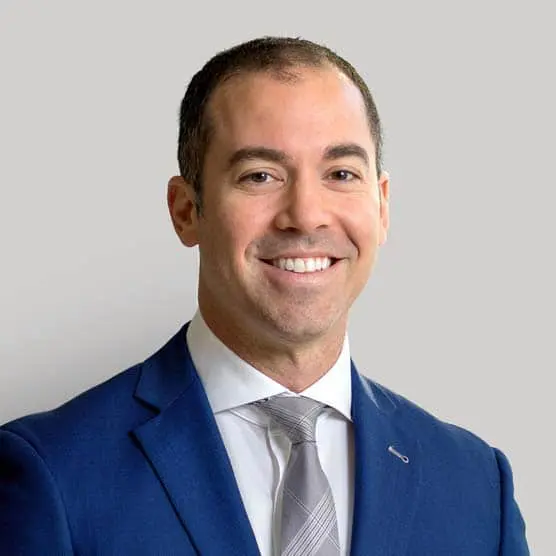A key concern now is interest rates. Given the significant increase in interest rates the past two years and signals from the Federal Reserve that rates will be “higher longer,” many owners and operators are looking for creative financing solutions to achieve their acquisition and refinancing goals. One such example is the use of the U.S. Department of Housing and Urban Development (HUD) transfer of physical assets (TPA) process, which allows for the assumption of existing loans when acquiring facilities—as opposed to financing with new loans from scratch.
Benefits of the HUD TPA
The conventional HUD/Federal Housing Administration (FHA) Section 232 loan program began in 2008 and there are now more than 3,600 facilities with HUD-insured loans, located in all 50 states. For over a decade, owner-operators across the nation installed low-cost, low-interest, fixed-rate, non-recourse HUD-insured debt on their properties.
In the current interest rate and credit environment, some purchasers are now seeking to assume those HUD-insured loans rather than pursuing more expensive acquisition financing via bridge loans, real estate investment trusts (REITs), banks, or other lenders. In addition to getting the benefit of a low, fixed interest rate, assuming a HUD-insured loan rather than pursuing other acquisition financing options offers several benefits, including:
- Assuming a loan permits the parties to avoid potentially expensive prepayment penalties associated with the current loan in place.
- HUD-loan assumptions are often very cost effective and can be done at a fraction of the expense of a typical loan assumption. Whereas other capital sources typically have assumption fees and costs that exceed 1% of the assumed loan balance, the fees and costs associated with HUD loan assumptions are typically significantly less.
- For value-add or turnaround acquisitions, assuming a HUD-insured loan is often a better option from a leverage standpoint.
Anyone who has transacted on a HUD-insured loan assumption can attest that it is not an easy process. Working with skilled counsel can mean the difference between your transaction closing on an efficient and reasonable timeline or an exasperatingly lengthy one. Since the lender effectively drives the process on HUD healthcare loan assumptions, it’s critical to have a partner that is up to the task, as well as a lender with the requisite underwriting expertise and experience.
Case in Point
In a recent success story that demonstrates both the immense benefits of TPAs and the importance of collaborating with an experienced lender, an owner-operator in the Midwest was able to complete a 12-facility HUD-insured loan assumption transaction, complete with a HUD corporate credit review, all within a 180-day timeline.
It started in late 2022, when the regional owner-operator partnered with Lument on a proposal to assume a large HUD-insured loan portfolio that was being serviced by another HUD lender. The transaction had a critical timing component and the need to meet specific progress benchmarks in the purchase and sale agreement. Since the aggregate unpaid principal balance of the portfolio of loans exceeded HUD’s single-sponsor credit concentration level, the transaction required a HUD corporate credit review, a notoriously challenging and time-consuming process.
Through coordination and constructive communication between HUD leadership, the borrower, and Lument asset management and servicing, several timing milestones were achieved. As a corporate credit review package was completed in under 90 days, HUD approval was gained under 60 days from underwriter assignment, and the total project took less than six months from start to finish. With permanent financing in place, the owner-operator is now focusing its efforts on optimizing performance throughout the portfolio.
As a leading lender and servicer of over 2,500 HUD-insured loans, Lument is in the unique position to assist clients of all types and sizes with the HUD healthcare loan assumption process. Lument’s asset management staff has underwritten and closed more HUD-insured Section 232 loan assumptions than any lender in the industry. To learn if a HUD-insured loan assumption is right for you contact us today.


